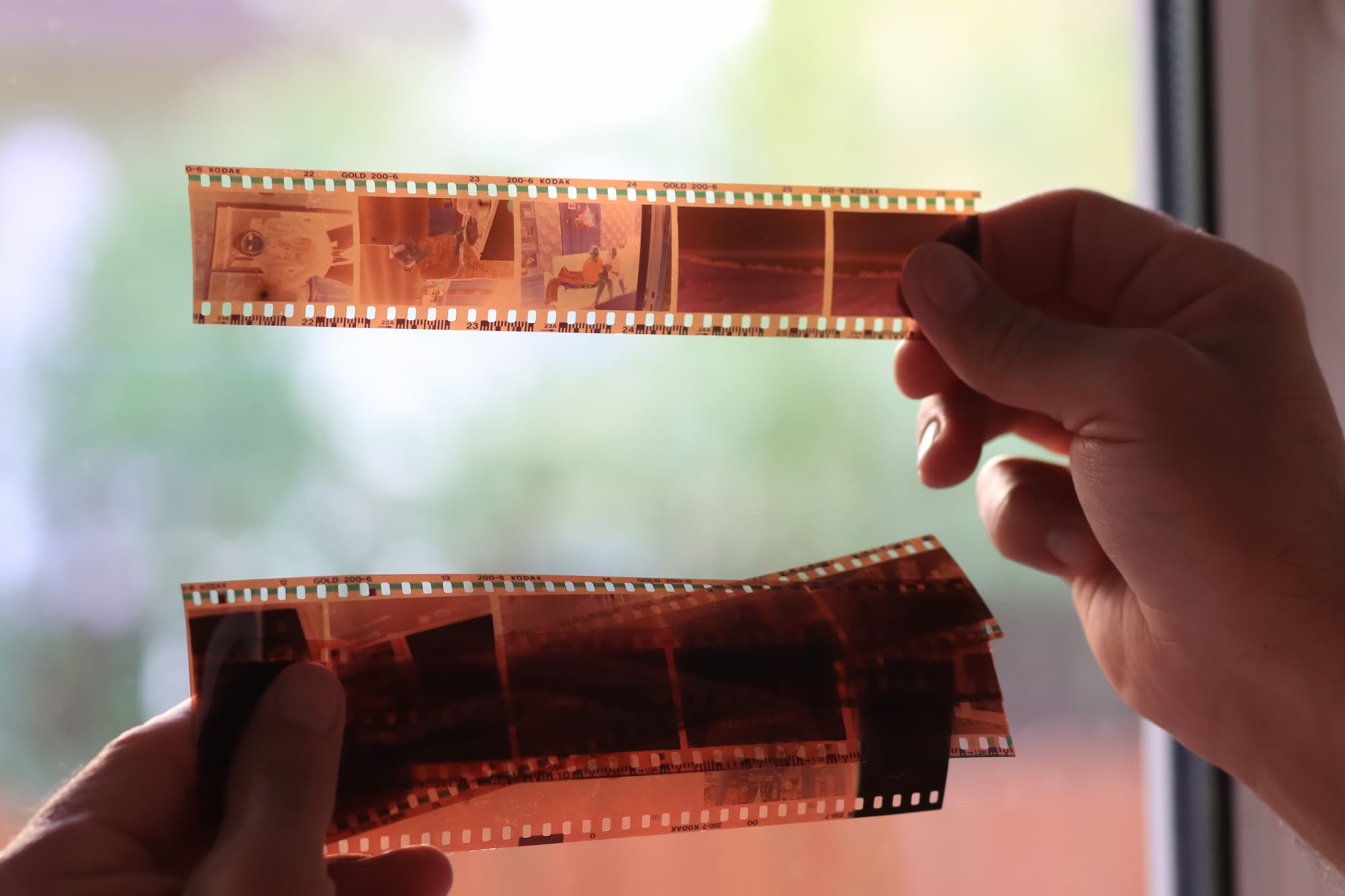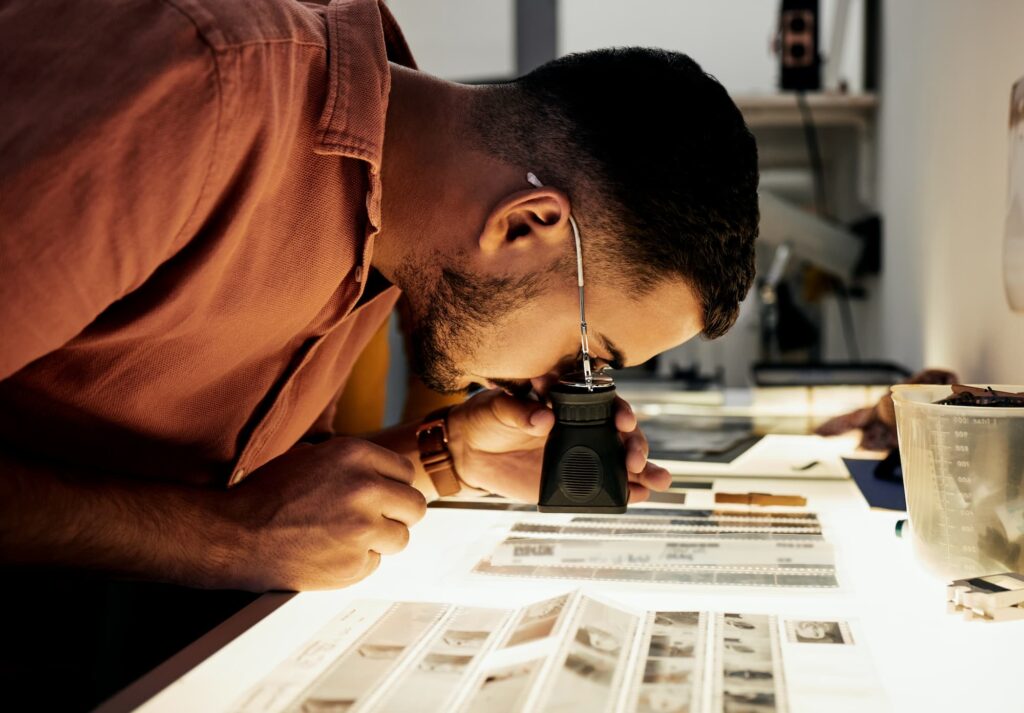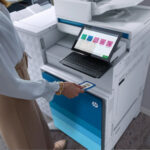
How to implement a Digital Mailroom
24 May 2023
How remote work enables the public sector to lead innovation
31 May 2023
Modernising Microfilm: How to Digitise Legacy Records
Despite the advancements of the modern world, digitising your microfilm records allows them to maintain their relevance as part of your digital archives.
In an era where information is the lifeblood of progress, traditional storage like microfilm needs a transformative solution that prevents data from being siloed in old formats. By digitising microfilm, we can revolutionise how we access, manage, and protect valuable information.
Preserving historical documents has always been a priority. Now, through the digitisation of microfilm, we can bridge the gap between tradition and innovation, unlocking the full potential of your records.
In this blog, we delve into why digitising microfilm is vital - highlighting the potential to enhance efficiency, safeguard historical documents, and enable access to a broader audience.
Why digitise microfilm?
Access the Unseen: Digitising microfilm opens up a world of convenience, enabling swift access to vast document collections. Through indexing, finding the required information becomes a matter of moments, saving considerable time and amplifying productivity.
Safeguard the Fragile: Microfilm, despite its archival qualities, is not impervious to the passage of time. Exposure to light, humidity, and other environmental factors can degrade or even destroy the film. Digitisation preserves images indefinitely, ensuring the longevity of historical documents and preventing physical deterioration for generations to come.
Embrace Digital Resilience: Digitised microfilm offers easy backup and secure storage. Digital images can be effortlessly stored in a reliable location, reducing the risks associated with physical damage or loss. With robust backup strategies and secure storage options, the digital transformation of microfilm provides a resilient and dependable preservation solution.
Expand Accessibility: Modernising microfilm makes information more accessible to a broader audience. Remote users can now conveniently access and collaborate on digital documents, transcending geographical boundaries. Whether sharing documents online or facilitating collaborative efforts, the digitisation process fosters inclusivity, encouraging broader engagement and knowledge dissemination.

How to digitise microfilm
Preparation: The first step in digitisation is preparation. The microfilm is checked for any damage that would affect the quality of the image. Ensuring the microfilm is appropriately aligned and the focus is set correctly is also essential.
Scanning: This involves using a scanner specifically designed to capture microfilms. When scanning microfilm, it's essential to use the correct settings to ensure the resulting digital images are high quality.
Image Enhancement (QC): After scanning, the resulting digital images may need to be enhanced to improve their quality. This may involve adjusting the brightness and contrast, sharpening the image, or removing any blemishes or scratches.
Indexing and metadata: Once the images have been enhanced, they are enriched with essential metadata that makes searching and retrieving documents more accessible. This may involve adding keywords, dates, or other identifying information to each image.
Manage: Images can be stored on local servers or in the cloud, providing authorised users access via Document Management.
Digitising microfilm offers many benefits, including more accessible access to large document libraries and improved preservation of the original images. By following the steps outlined in this article, you can ensure that your microfilm is digitised accurately and efficiently, making it easier to manage and access your information.
For more information, contact us by using the form below.
How We Can Help
To learn more, please fill out the contact form:
Latest insights
Keep up to date with all the latest in Managed Workplace Services.
By submitting this form, you acknowledge that you have read and understand the Apogee Privacy Statement.
Data Privacy Policy | Cookies Policy









































